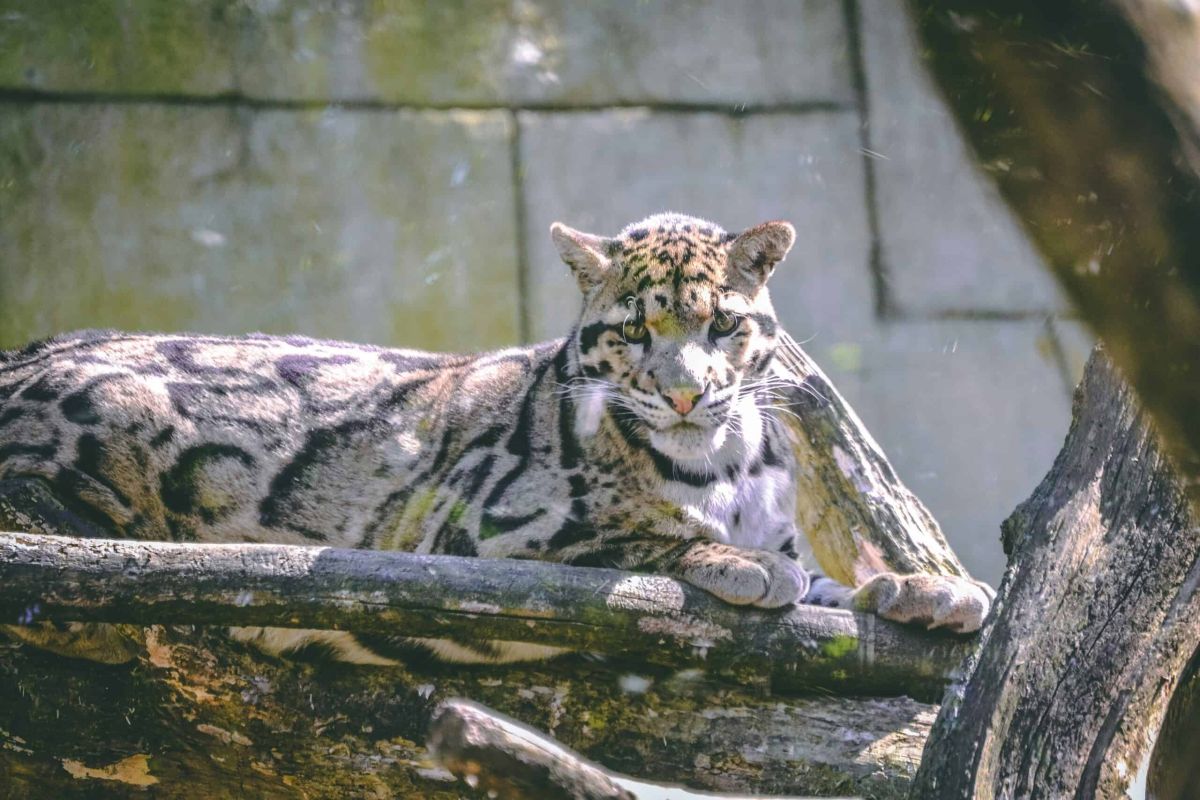The Enigmatic Beauty of Clouded Leopards

Deep within the dense jungles of Southeast Asia, an extraordinary feline prowls the forests: the clouded leopard (Neofelis nebulosa). With its captivating appearance, remarkable adaptability, and elusive behavior, this magnificent creature is not only a pivotal player in its ecosystem but also a symbol of wildlife conservation challenges. Let’s explore the biology, habitat, behavior, and conservation status of clouded leopards, and shine a light on why they deserve our attention and effort to protect them.
The Physical Characteristics of Clouded Leopards
Clouded leopards are not your average big cats. They are named for their unique coat, which features large, cloud-like spots and stripes that provide excellent camouflage in their natural rainforest habitat. A medium-sized leopard, it typically measures 60 to 110 centimeters (24 to 43 inches) in length, with a tail that can be as long as its body, aiding in balance during climbs.
These big cats possess a distinctive physical feature: their long, retractable claws and large, rounded molars designed for gripping and slicing through flesh. Their eyes, which are larger than those of other big cats, enable them to see well in low-light conditions, making them adept hunters during the crepuscular hours of dawn and dusk.
Habitat and Range
Clouded leopards inhabit a variety of forested areas across Southeast Asia, including tropical and subtropical evergreen forests, deciduous forests, and montane forests. Their range extends from the Himalayan foothills in Nepal, through northeastern India, and into Southeast Asia, reaching countries like Malaysia, Thailand, Vietnam, and Indonesia. They are primarily arboreal, preferring to spend much of their time in trees, where they are incredibly agile and capable of navigating their environment with ease.
The thick canopy of their rainforest homes offers both protection and plentiful prey, allowing clouded leopards to remain hidden from larger predators and human threats. Unfortunately, deforestation and habitat fragmentation pose significant challenges to their survival as these habitats continue to shrink.
Behavior and Diet
Clouded leopards are solitary animals, known for their stealth and cunning hunting techniques. Their diet primarily consists of small to medium-sized mammals, birds, and even monkeys. Thanks to their excellent climbing abilities, they can ambush prey from above, surprising them with a stealthy descent. Their ability to take down animals larger than themselves is a testament to their powerful physical attributes and hunting prowess.
Despite being solitary, clouded leopards have been observed engaging in various vocalizations, including growls, yowls, and songs to communicate with each other. Their elusive nature means they are seldom seen in the wild, contributing to their mysterious reputation.
Conservation Status
As enchanting as they are, clouded leopards face numerous threats that put their populations at risk. According to the International Union for Conservation of Nature (IUCN), clouded leopards are listed as “Vulnerable,” with populations declining due to habitat loss, poaching, and illegal wildlife trade. Their beautiful pelts are sometimes sought after, and they can fall victim to snares set for other animals.
Conservation efforts aimed at protecting clouded leopards include habitat preservation, anti-poaching initiatives, and raising awareness about the importance of these big cats in maintaining biodiversity in their ecosystems. Several organizations are working to establish wildlife corridors to help ensure that clouded leopards can traverse fragmented habitats, thereby increasing genetic diversity and population viability.
Conclusion
The clouded leopard is more than a beautiful wildcat; it is a crucial part of the ecological tapestry in Southeast Asia. As an emblem of the region’s remarkable biodiversity, protecting the clouded leopard and its habitat is essential not only for the survival of the species but also for the health of the ecosystems they inhabit.
By sharing their story, we can inspire action and raise awareness about the importance of conservation efforts. Supporting organizations working towards the protection of clouded leopards, advocating for sustainable land practices, and fostering a love for wildlife in future generations are all critical steps in ensuring that these enigmatic creatures roam the jungles of Southeast Asia for years to come. Together, we can help protect the clouded leopard, ensuring that this majestic big cat remains a symbol of the wild for generations to come.



